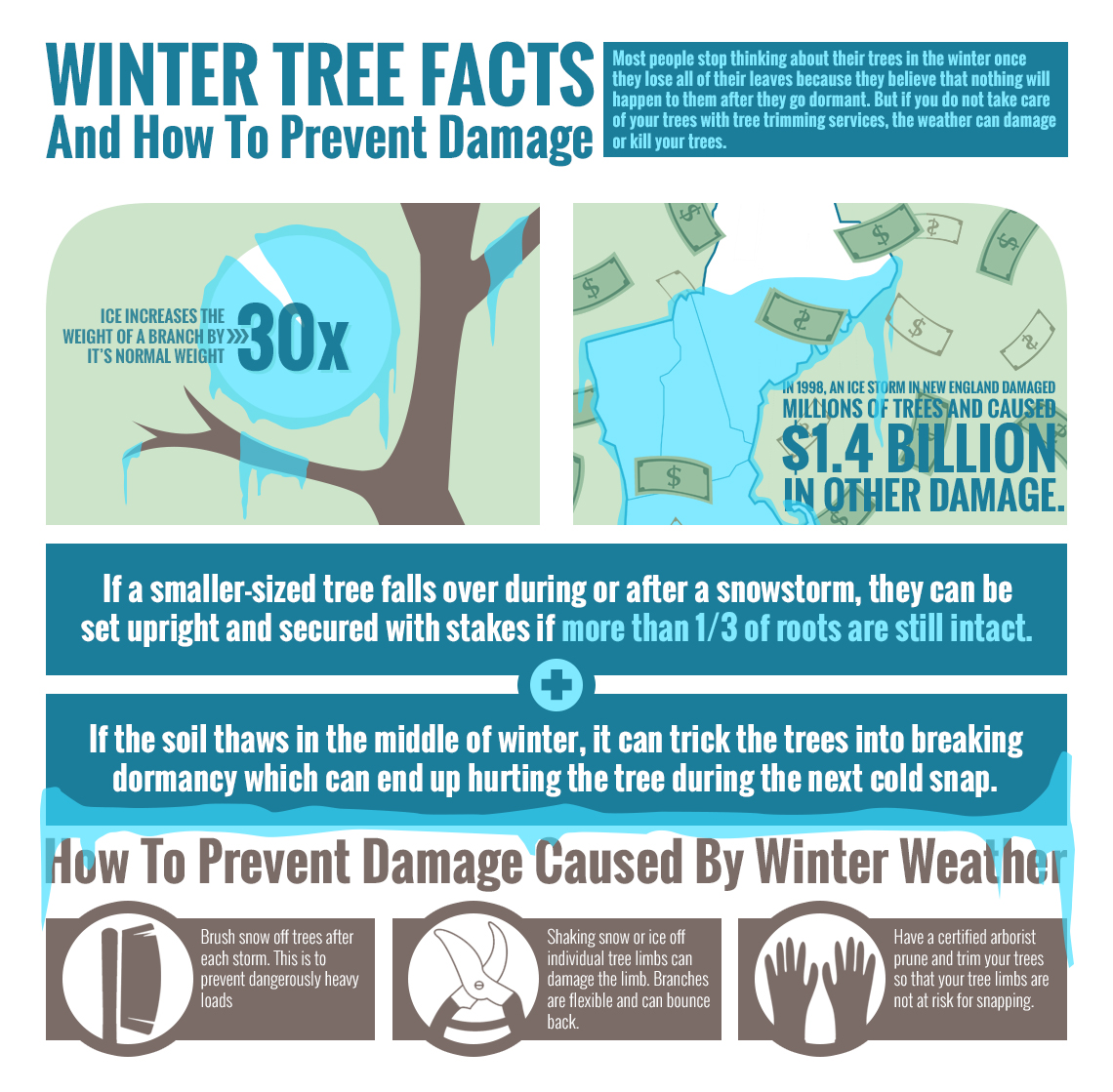When it pertains to seasonal tree treatment, making sure correct administration before and after elimination can dramatically influence the health and appearances of your landscape. By comprehending the necessary actions associated with evaluating tree health and wellness and getting ready for elimination, you can proactively protect your residential property. But what about the important techniques to adhere to as soon as the tree is gone? Remain tuned to uncover the crucial post-removal treatment actions that will help you cultivate a thriving and lasting environment for your trees.
Pre-Removal Tree Care
Before dealing with the elimination of a tree, it's important to focus on pre-removal tree treatment. Beginning by evaluating the tree's health and structural stability. Search for signs of illness, pest invasions, or any type of architectural issues that may posture a security threat during elimination. It's important to consult with a qualified arborist to identify the most effective course of action.
Trimming dead or infected branches can protect against further damage to the tree and make certain a smoother elimination procedure.
Additionally, think about the ecological effect of removing the tree. Trees play a vital function in our ecological community, so growing a new tree in a suitable location can help offset any type of loss. Make certain that you have the needed authorizations and authorizations for tree removal, specifically if the tree is protected by neighborhood guidelines.
Seasonal Upkeep Tips
Assessing your tree's demands throughout the year is critical for its health and wellness and longevity. To keep your trees in leading condition, adhere to these seasonal maintenance ideas.
In spring, focus on pruning to remove dead or damaged branches and encourage new growth.
Summertime asks for regular watering, particularly throughout droughts, to guarantee your tree remains hydrated.
As autumn techniques, watch out for early indicators of condition or tension, and consider using mulch to secure the origins throughout winter months.
In winter season, be cautious when removing snow from branches to stop damage, and remain to check your tree's overall health and wellness.
Remember to readjust your care regular based on the certain requirements of your tree species and local environment. By staying conscientious and positive throughout the seasons, you can help your trees thrive and thrive for years to find.
Post-Removal Tree Care
To ensure the health and wellness of your landscape even after tree elimination, proper post-removal care is vital. After a tree is removed, it's critical to fill the continuing to be opening with topsoil and compact it to avoid settling. This will aid maintain the stability of the ground and stop possible risks in the future.
Take into https://www.mercurynews.com/2018/11/02/why-do-the-squirrels-keep-tip-pruning-the-maple-tree/ planting brand-new plants in place of the eliminated tree to restore the balance and appearances of your landscape. On https://stump-removal-vs-grinding73840.bligblogging.com/31779160/harness-the-power-of-tree-trimming-techniques-to-form-and-revitalize-your-landscape-find-exactly-how-these-methods-can-change-your-outside-space to advertise the growth of brand-new plants and protect against dirt disintegration.
Inspect the bordering trees for any type of indications of disease or anxiety that may have been brought on by the eliminated tree. Watch out for parasites that might've been attracted to the previous tree and take preventive measures to protect the remaining greenery.
If essential, speak with a specialist arborist to assess the effect of the removal on the surrounding trees and identify any kind of additional care needed. By adhering to these post-removal treatment actions, you can ensure the ongoing health and charm of your landscape.
Verdict
In conclusion, positive seasonal tree treatment is essential for maintaining the health and equilibrium of your landscape. By assessing tree health, pruning, and consulting with an arborist prior to removal, you can ensure a secure process. After removal, filling the hole, planting new vegetation, and routine watering will promote new development and stop erosion. Keep in mind to evaluate bordering trees for condition and look for additional treatment actions from an arborist to keep your landscape prospering.
